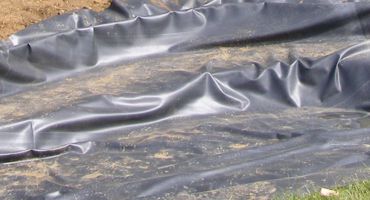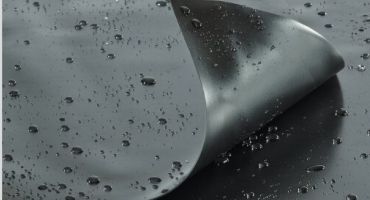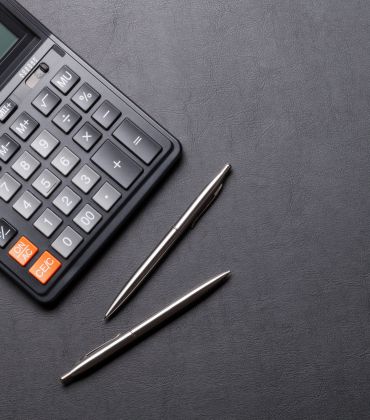What is the best position for a pond?
Some people prefer to have the pond close to a viewing area near to the house while others prefer to keep it further down the garden, as a separate "room" to visit when there is time to relax.
Is a pond best in sun or shade?
Try and position the pond so that it is sheltered from cold prevailing winds and receives sun light for at least half the day, as this encourages the growth and flowering of most water plants - especially lilies.
Should I have trees around a pond?
Where possible, avoid overhanging trees as their leaves and blossom will fall in and need to be removed periodically. Particular attention should be paid to any willow, elder, oak, yew, poplars and laburnums trees in the area as their leaves are highly toxic. Additionally, this will avoid tree roots piercing the pond liner membrane.
Do I need an electric power supply for a pond?
Most ponds benefit from a pond pump and, if stocked with fish, a pond filter. Although it is possible to add an electricity supply later, it will cause less disturbance to the surrounding area if incorporated in the initial pond design.
Solar-powered pumps are available for ponds that don't need pumps and filters operating 24 hours a day. They are ideal for small ponds, natural wildlife ponds, water features with no fish or little fish stock and where consistent operation is not a necessity.
Any deep pond excavations next to structures such as walls, should not be undertaken as ground disturbance could cause foundations and walls to subside.
Other factors to consider include avoiding areas where surface water tends to collect, or the presence of a high water table, as this water could easily push up under pond liners causing a number of major problems. Also avoiding these areas will reduce the risk of any pollutants being washed into the pond during heavy rain.

Tips on Pond Positioning
- Consider safety factors.
- Ensure exposure to sunlight for at least half the day.
- Avoid nearby and overhanging trees or aggressive rooting plants such as bamboo.
- Consider electricity supply for pumps and filtration equipment.
- Avoid areas with a high water table or where water collects.
Other useful considerations when choosing the best location for a garden pond.
- Siting any ponds in areas prone to water logging or where there is a high water table must be avoided due to the risk of damage. Consider installing a fully or a partially raised pond.
- Sunken ponds should NOT be emptied if the ground is saturated with water. Ground water will fill the excavation from under the liner causing serious damage. Likewise, partially raised ponds should not be emptied below ground level in wet conditions. Raised Ponds should be safe to empty in most conditions.
- If emptying any pond ensure you drain the water well away from the pond. This will stop the drained water running under the liner and causing damage.
- Damage caused by poor siting or external water pressure would not be covered by any warranty.
- REMEMBER: - Should a liner or a preformed pool fail once it has been installed, the guarantee will only cover the replacement or repair of the liner, not the installation costs, so World of Water have made sure they only sell top quality liners. Care must be taken to avoid exposed liner showing above the water level once it has been installed. Not only does it look unsightly, but also sunlight can slowly degrade it.
 British Pounds
British Pounds



